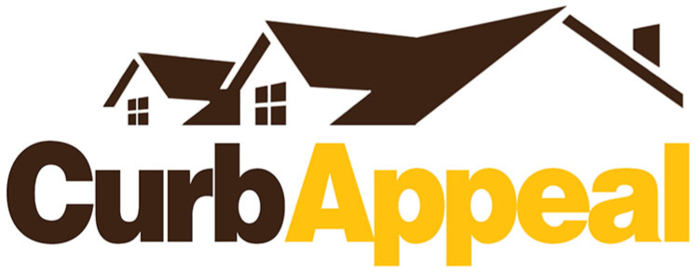snowing12 / Adobestock

After two consecutive months of increases, existing-home sales took a slight tumble in August, according to the National Association of Realtors (NAR). All four of the major sales regions in the country experienced both month-over-month and year-over-year sales declines. At the same time, prices across the country rose, leading many buyers to take a wait-and-see approach. According to Lawrence Yun, chief economist for the NAR, “Although there was a decline in home purchases, potential buyers are out and about searching, but much more measured about their financial limits, and simply waiting for more inventory.”
Too Few Homes for Sale
The low inventory levels are showing no signs of easing. By the end of August, total housing inventory sat at 1.29 million units; this was down 1.5% from a month ago and 13.4% from a year ago when inventory totaled 1.49 million. At the current sales pace, this level of inventory would supply the market for just 2.6 months, unchanged from July but down from the three-month supply of August 2020.
Home Prices Continue Climbing
For the 114th month in a row, the median existing-home price for all housing types increased in August. The median price rose 14.9% from August 2020. Every sales region in the country experienced price gains. “High home prices make for an unbalanced market,” said Yun, “but prices would normalize with more supply.” Evidence of the lack of supply can be seen in the short length of time properties remained on the market; the average property sold in just 17 days in August, unchanged from a month earlier but down from 22 days in August 2020. Of all the homes sold in August, 87% remained on the market for less than 30 days.
Rising Home Prices Challenge First-Time Buyers
A home is the largest investment most people will make in their lives, a fact outlined in NAR’s “2021 Q2 Metro Area Wealth Gains Report.” While home ownership was the primary source of wealth in most families, the pace of price appreciation outstripped wage gains, leading to a lack of housing affordability. Debt is another challenge first-time buyers face; a recent study from NAR found that student debt was one factor preventing the majority of millennials and those making over $100,000 from buying their first homes. “Securing a home is still a major challenge for many prospective buyers,” according to Yun. “A number of potential buyers have merely paused their search, but their desire and need for a home remain.”
Who Is Buying?
First-time buyers accounted for 29% of all home purchases in August, down from 30% a month ago and 33% a year ago. Individual investors and second-home buyers—groups who account for most all-cash sales—were responsible for 15% of all home purchases in August, unchanged from July but up from 14% a year ago. All-cash sales, meanwhile, made up 22% of all transactions in the housing market, down from 23% a month ago but up from 18% in August 2020.
Regional Home Sales Statistics
-
Northeast - Existing-home sales annual rate of 730,000; a decrease of 1.4% from July 2021 and 2.7% from August 2020. The median sales price increased 16.8% from August 2020.
-
Midwest - Existing-home sales annual rate of 1.37 million; a decrease of 1.4% from July 2021 and 2.1% from August 2020. The median sales price increased 10.5% from August 2020.
-
South - Existing-home sales annual rate of 2.55 million; a decrease of 3% from July 2021 and 0.8% from August 2020. The median sales price increased 12.8% from August 2020.
-
West - Existing-home sales annual rate of 1.23 million; a decrease of 0.8% from July 2021 and 1.6% from August 2020. The median sales price increased 11.4% from August 2020.











